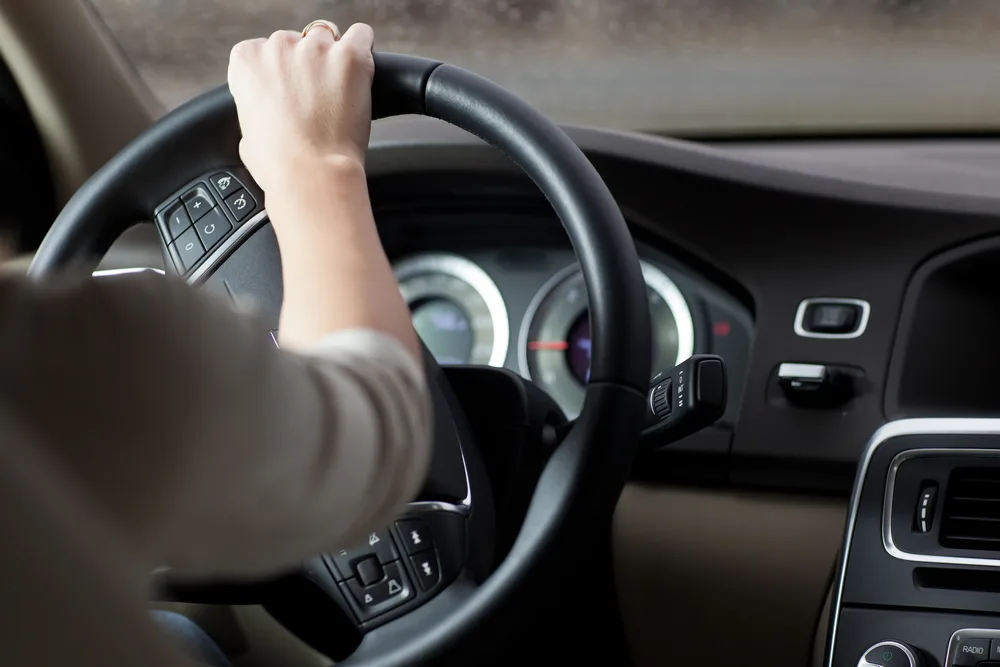(Washington Insider Magazine) – Driving is a routine task for numerous individuals, yet staying informed about the latest road regulations remains crucial. In 2022, new laws and regulations were implemented, leaving drivers bewildered and seeking clarity on how these changes affect them. To shed light on your query, we will address some common questions about motoring laws and provide insights to help you navigate the roads confidently.
One question often arises: is it illegal to drive with one hand? While most traffic violations have clear definitions, there are lesser-known offenses that can catch drivers off guard. Driving, on the one hand, concerns many individuals.
In this article, we clarify and discuss the effects of driving with one hand. We’ll provide an easy-to-understand explanation that can help you comprehend the rules and regulations about this matter. Furthermore, we’ll discuss whether seeking the assistance of a motoring offenses solicitor is necessary in such cases.
By gaining a better understanding of motoring laws, you can make sure that you follow the regulations and drive safely. So, let’s delve into the intricacies of driving with one hand and explore how it aligns with the legal framework governing our roads.
Is It Illegal To Drive With One Hand?
Is it illegal to drive with one hand? According to Rule 160 of the Highway Code, driving a car with both hands on the wheel is recommended whenever possible. While it is not specifically illicit to drive with one hand, using both hands for driving is generally considered safer.
The Highway Code provides guidelines for safe driving practices, and Rule 160 emphasizes the importance of having both hands on the steering wheel. Keeping both hands on the wheel gives you better vehicle control, especially in unexpected situations or emergencies.
Although driving with one hand may not be illegal, it can raise concerns for law enforcement officers. If a police officer observes that you are not in proper control of your vehicle due to driving with one hand, you may face trouble with the law. Interpretation of ‘appropriate control’ is subjective and varies based on the situation and the officer’s judgment.
In order to ensure your safety and lessen the risk of legal complications, driving with both hands on the wheel is recommended. This helps promote better control and responsiveness while driving, reducing the likelihood of accidents or incidents on the road.
Driving With Wearing Headphones
Although no specific rules say you can’t use headphones while driving, it’s important to remember that they shouldn’t take your attention away from the road or make your driving unsafe. This applies to other activities as well.
Take a moment to ask yourself if you can hear the sounds of traffic, your car’s engine, and the sirens of emergency vehicles. If you can’t hear these important sounds, you might be putting yourself in a condition where you could get into legal trouble.
The reason behind this concern is that driving requires your full attention. You need to be alert to what’s happening around you and be able to react instantly to any potential hazards or emergencies. If you have headphones on, it might be harder to hear important auditory cues that could alert you to dangers on the road.
Driving Without Shoes
Driving barefoot is not against the law, but it is generally considered unsafe because it greatly reduces your ability to brake effectively. If you choose to drive without wearing shoes, you could be involved in a serious driving incident, which may lead to legal consequences. In such a condition, it would be advisable to seek the assistance of a lawyer specializing in traffic offenses.
When you drive without shoes, you compromise your ability to apply the brakes properly. Shoes provide the necessary grip and control to press the brake pedal firmly, allowing you to stop your vehicle in a timely manner. Without the protective barrier of shoes, your braking performance is significantly diminished, which poses a potential risk to yourself on the road.
Final Words: Is It Illegal to Drive With One Hand?
Driving with one hand is generally legal in most jurisdictions. Still, it may be considered a traffic violation if it impairs your ability to control the vehicle safely or violates specific laws regarding hand placement on the steering wheel. It’s crucial to prioritize road safety and adhere to local traffic regulations to avoid any potential legal consequences or compromising your safety while driving.


























